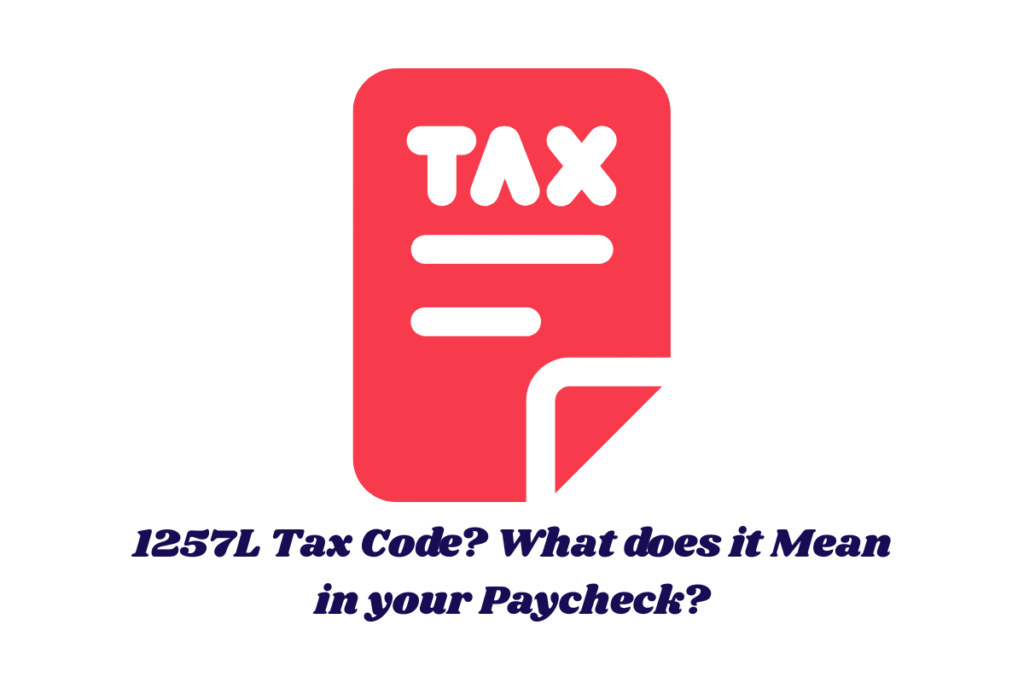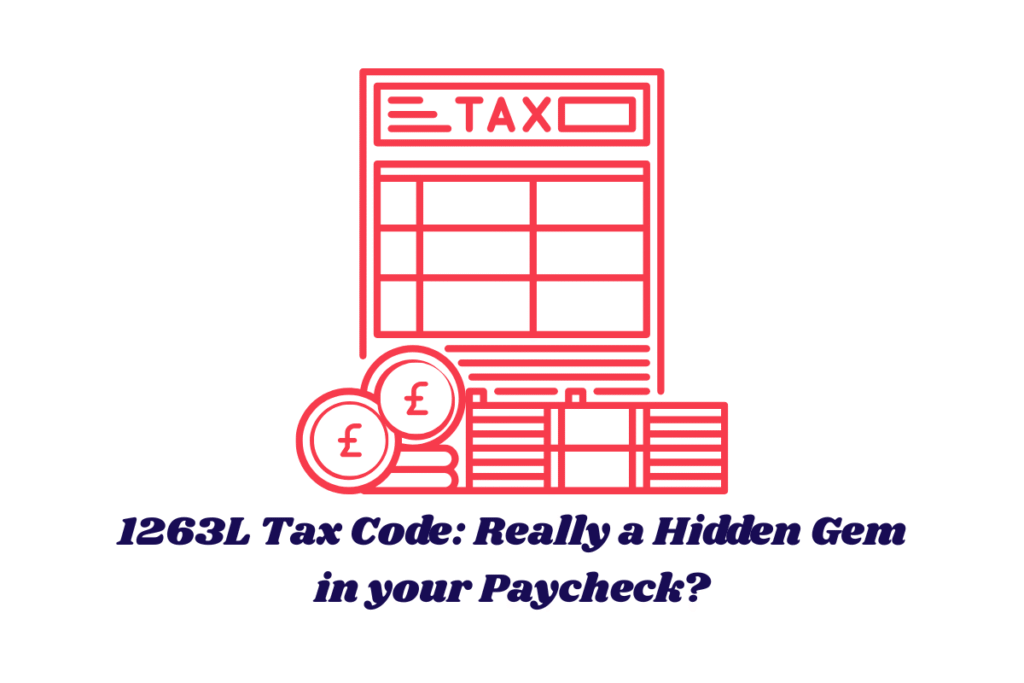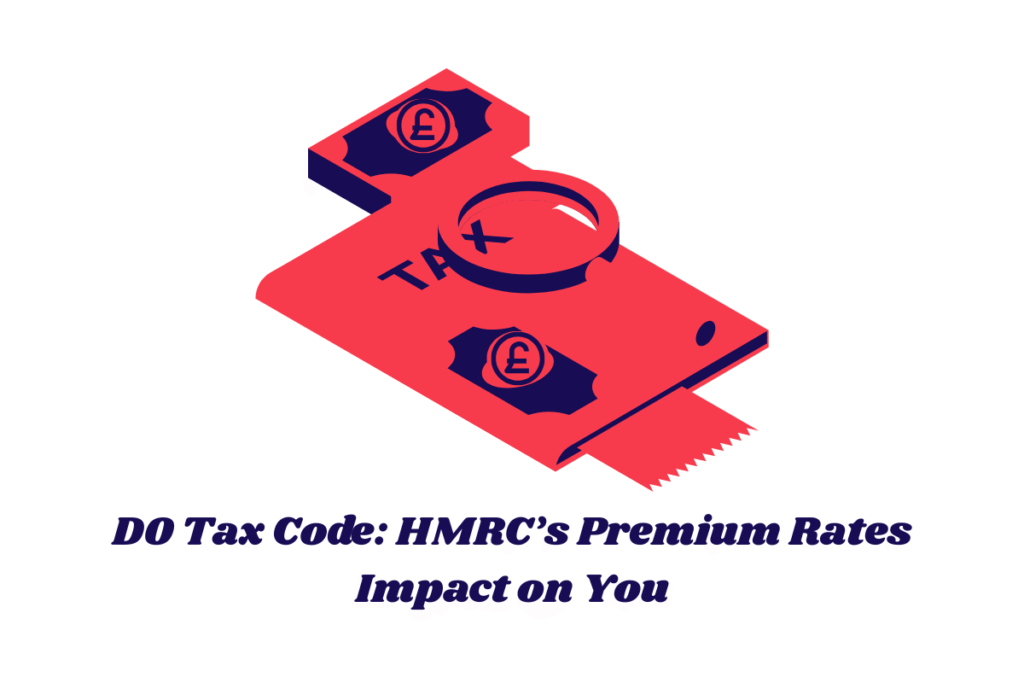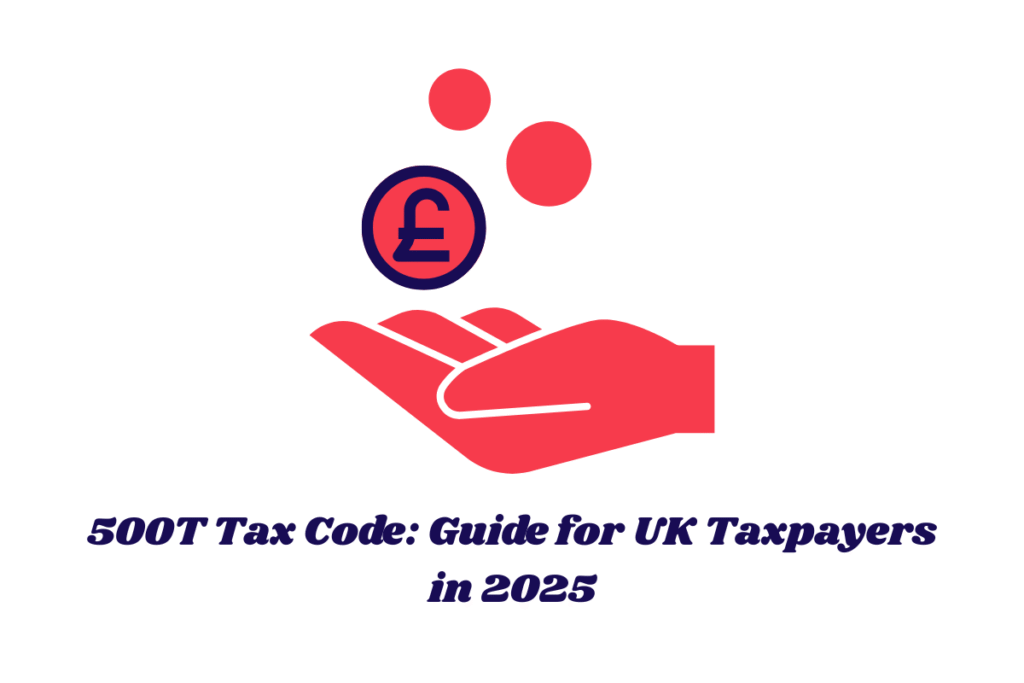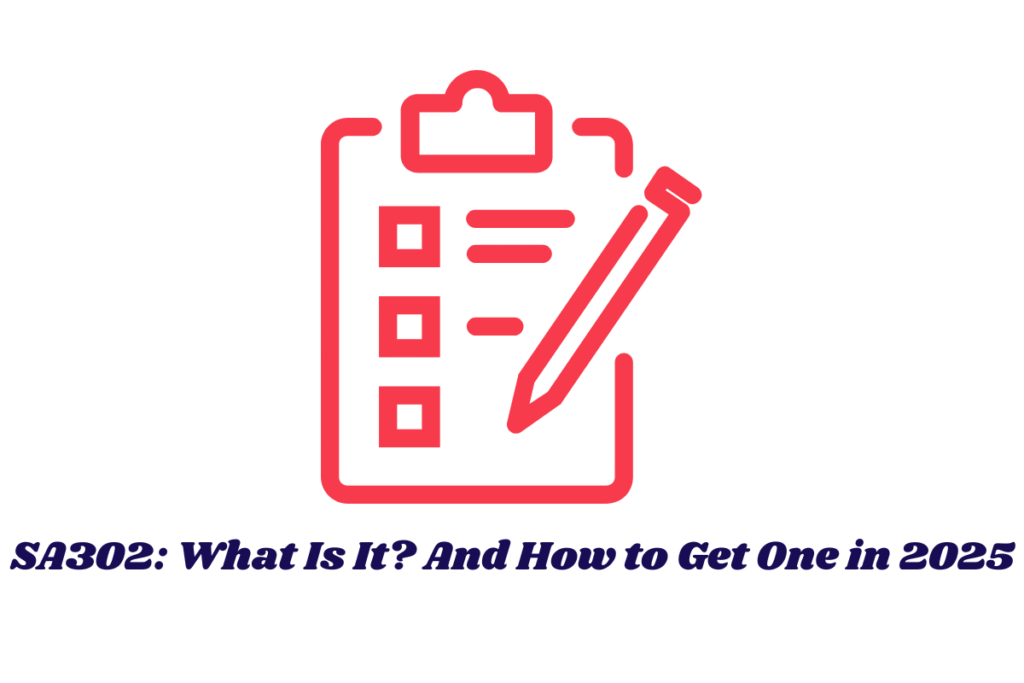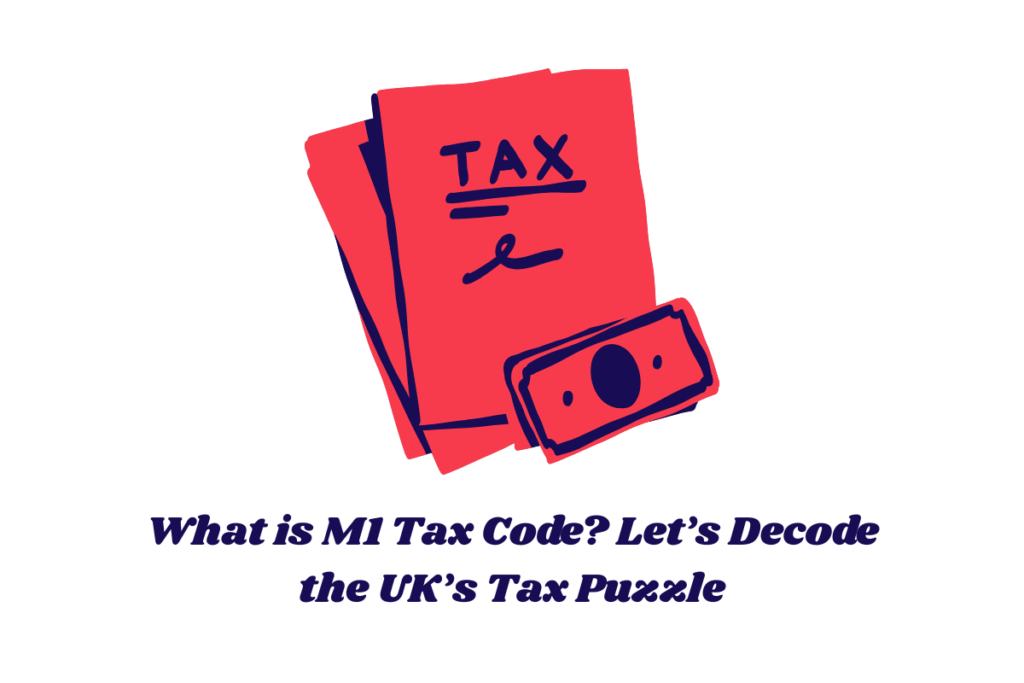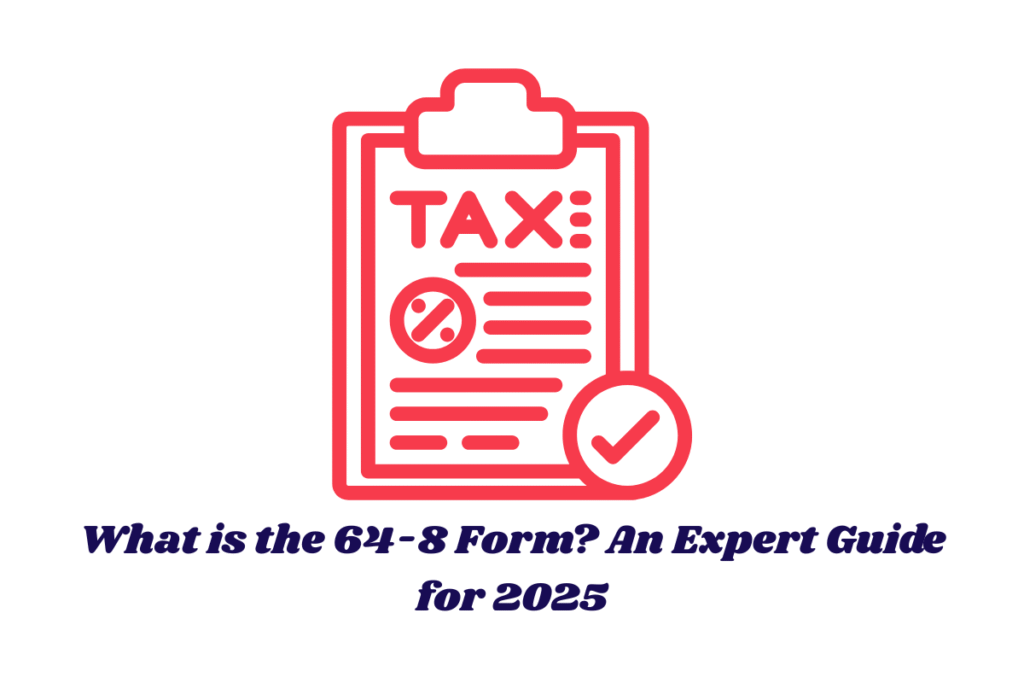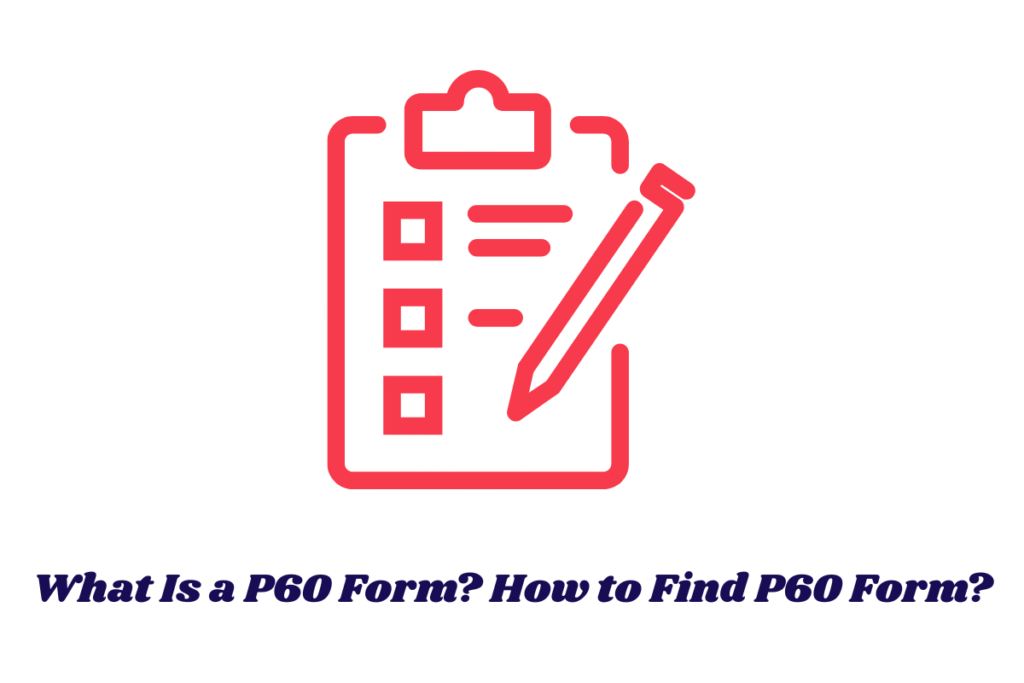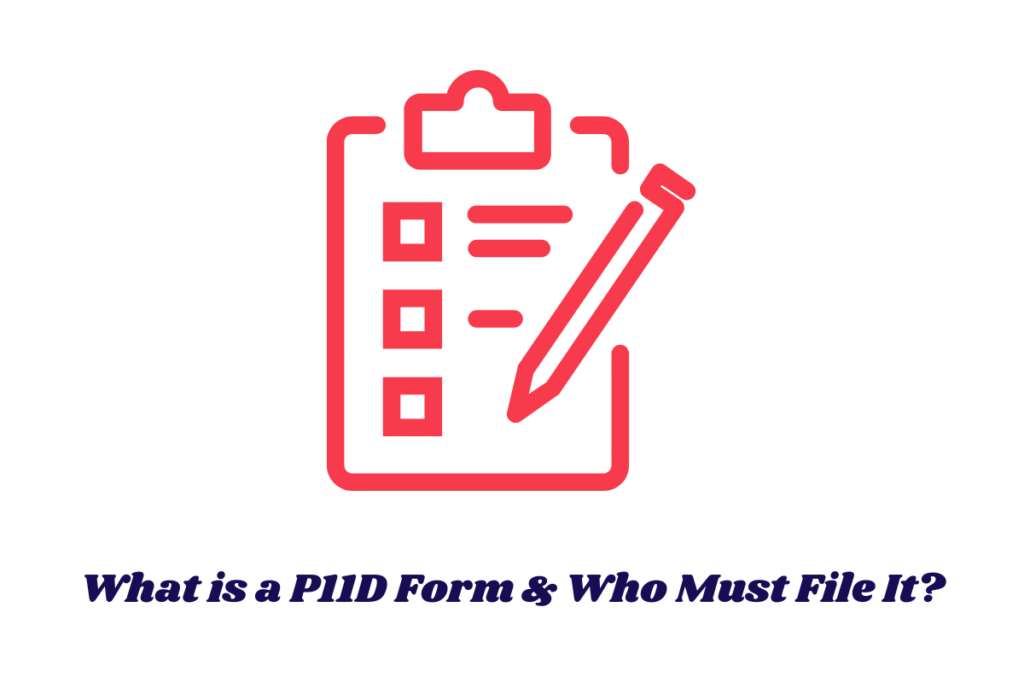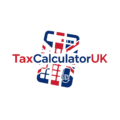The 1257L tax code is one of the most commonly used tax codes in the UK. It determines how much income you can earn before paying tax and helps employers deduct the right amount of tax through the Pay As You Earn (PAYE) system. For the 2025/26 tax year, this tax code remains the standard for most UK employees receiving the basic Personal Allowance.
Summary
“The 1257L tax code is the standard tax code for most UK employees for the 2025/26 tax year, representing the tax-free allowance of £12,570.”
What is a Tax Code in the UK?
A tax code is a combination of numbers and letters issued by HM Revenue & Customs (HMRC) that tells your employer or pension provider how much tax to deduct from your income. Each tax code reflects your Personal Allowance and any other tax circumstances specific to you.
If you’re employed or receive a pension, you’ll likely have a tax code associated with that source of income. This ensures that Income Tax is correctly calculated and deducted through the PAYE system.
Summary
“A tax code determines how much Income Tax you pay through your salary or pension by reflecting your tax-free allowance and personal tax circumstances.”
Official Source:
You can check or understand your tax code by logging into your personal tax account on GOV.UK.
What Does the 1257L Tax Code Mean?
The 1257L tax code consists of two parts:
- 1257 – This number indicates that you are entitled to the full standard Personal Allowance of £12,570 for the 2025/26 tax year. That’s the amount of income you can earn tax-free.
- L – This letter signifies that you are eligible for the standard Personal Allowance with no other tax-specific adjustments, such as untaxed income, benefits, or job expenses.
In simple terms, if you are on a 1257L tax code, the first £12,570 of your annual income is not taxed, and any income above that is taxed according to your relevant tax band.
Summary
“The ‘1257’ reflects the £12,570 tax-free allowance, while the ‘L’ means you are eligible for the standard Personal Allowance without special conditions.”
You can read more articles on different taxe codes in the UK:
You can read more articles on different taxes in the UK:
PIP Rates 2025: Guide to PIP Rates in the UK
What is P800 Refund? How to Claim P800 Refund
Who Gets the 1257L Tax Code?
The 1257L tax code applies to the majority of people in the UK who:
- Are under the age of 65.
- Have only one job or pension.
- Do not receive significant untaxed income.
- Have not claimed Marriage Allowance.
- Are not repaying any student loans through PAYE.
- Do not receive taxable benefits-in-kind (such as a company car).
If you meet the standard criteria with no adjustments needed for your income, you’re likely to be issued this tax code by HMRC.
Summary
“Most UK taxpayers with no special circumstances and only one job or pension will be assigned the 1257L tax code.”
How the 1257L Tax Code Works in 2025
Here’s how your income is taxed under the 1257L tax code for the 2025/26 tax year:
- £0 – £12,570: Tax-free (Personal Allowance).
- £12,571 – £50,270: Taxed at 20% (Basic Rate).
- £50,271 – £125,140: Taxed at 40% (Higher Rate).
- Above £125,140: Taxed at 45% (Additional Rate).
Example:
Let’s say you earn £30,000 per year and are on the 1257L tax code:
- First £12,570 is tax-free.
- Remaining £17,430 is taxed at 20% = £3,486 Income Tax annually.
Your employer deducts this tax via PAYE, which is spread out over your monthly payslips.
Summary
“On a £30,000 salary, the 1257L tax code ensures you only pay tax on the income above £12,570, resulting in a yearly tax of £3,486.”
Where Can You Check Your 1257L Tax Code?
You can check your current tax code on:
- Your latest payslip.
- Your P60 or P45.
- HMRC’s online Personal Tax Account.
If you’re unsure about the meaning or accuracy of your tax code, it’s important to verify it. Mistakes in your tax code can lead to overpaying or underpaying tax.
Summary
“You can find your 1257L tax code on your payslip or by logging into your HMRC personal tax account online.”
Why Might the 1257L Tax Code Change?
While 1257L is standard, HMRC may change your tax code based on the following factors:
- Starting a new job.
- Getting additional income from another job or a pension.
- Receiving taxable benefits (e.g., company car, medical insurance).
- Marriage Allowance transfers.
- Tax rebates or underpayments from previous years.
When changes occur, HMRC will issue a coding notice explaining the reason.
Summary
“HMRC may alter your 1257L tax code based on changes in income, job, benefits, or allowances.”
What to Do If Your Tax Code is Wrong
If you believe you’re on the wrong tax code, you should contact HMRC immediately to correct it. Being on the wrong tax code can result in paying too much or too little tax, potentially leading to problems later on.
You can:
- Call HMRC at 0300 200 3300.
- Use the online tax code tool.
- Write to HMRC with your National Insurance number and employment details.
Summary
“Incorrect tax codes can lead to tax miscalculations; contact HMRC immediately to fix any issues.”
Can I Get a Tax Refund If My Tax Code Was Incorrect?
Yes. If you’ve been on the wrong tax code and overpaid tax, you may be eligible for a tax refund. HMRC will either automatically issue it or you may need to apply for it through:
- Your Personal Tax Account.
- A formal letter.
- A phone call to HMRC.
Refunds typically cover up to 4 previous tax years, so it’s worth checking your past payslips and codes.
Summary
“Overpaid tax due to an incorrect 1257L tax code can often be reclaimed as a refund for up to 4 years.”
Common Scenarios That May Affect the 1257L Tax Code
1. Changing Jobs
If you start a new job and don’t submit a P45, your new employer may use a temporary emergency tax code, leading to overpayment.
“Failing to provide a P45 when changing jobs can lead to incorrect tax deductions.”
2. Receiving Two Incomes
If you have a second job or pension, HMRC may split your Personal Allowance or apply a BR or D0 tax code to the second income.
“Second jobs typically don’t receive the 1257L tax code but a different one to ensure proper tax is collected.”
3. Claiming Marriage Allowance
Marriage Allowance lets you transfer £1,260 of unused Personal Allowance to your partner. Your tax code may then change to M or N (e.g., 1257M or 1257N).
“Claiming Marriage Allowance affects the standard 1257L tax code by modifying it to reflect the allowance transfer.”
1257L Tax Code for Self-Employed Individuals
The 1257L tax code does not apply to self-employed individuals who submit a Self Assessment tax return. Instead, they manually deduct the Personal Allowance when calculating taxable profits.
“The 1257L tax code is exclusive to PAYE earners; self-employed individuals calculate tax manually.”
Final Thoughts: Why Understanding the 1257L Tax Code Matters
The 1257L tax code plays a crucial role in how much tax you pay each month. While most employees are issued this code by default, it’s your responsibility to ensure it’s accurate.
Misunderstandings or errors can lead to financial complications — either underpaying and owing HMRC later, or overpaying and needing to claim a refund.
Regularly check your tax code and communicate with HMRC if anything changes in your employment or income status.
Summary
“Staying informed about your 1257L tax code ensures you pay the correct amount of tax and avoid future complications.”
The content provided on TaxCalculatorsUK, including our blog and articles, is for general informational purposes only and does not constitute financial, accounting, or legal advice.
You can also visit HMRC’s official website for more in-depth information about the topic.
